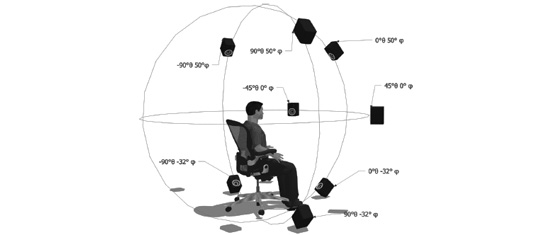McCreadie, K.A. ; Coyle, D.H. ; Prasad, G.

Abstract
Imagination of movement can be used as a control method for a brain-computer interface (BCI) allowing communication for the physically impaired. Visual feedback within such a closed loop system excludes those with visual problems and hence there is a need for alternative sensory feedback pathways. In the context of substituting the visual channel for the auditory channel, this study aims to add to the limited evidence that it is possible to substitute visual feedback for its auditory equivalent and assess the impact this has on BCI performance. Secondly, the study aims to determine for the first time if the type of auditory feedback method influences motor imagery performance significantly. Auditory feedback is presented using a stepped approach of single (mono), double (stereo), and multiple (vector base amplitude panning as an audio game) loudspeaker arrangements. Visual feedback involves a ball-basket paradigm and a spaceship game. Each session consists of either auditory or visual feedback only with runs of each type of feedback presentation method applied in each session. Results from seven subjects across five sessions of each feedback type (visual, auditory) (10 sessions in total) show that auditory feedback is a suitable substitute for the visual equivalent and that there are no statistical differences in the type of auditory feedback presented across five sessions.

